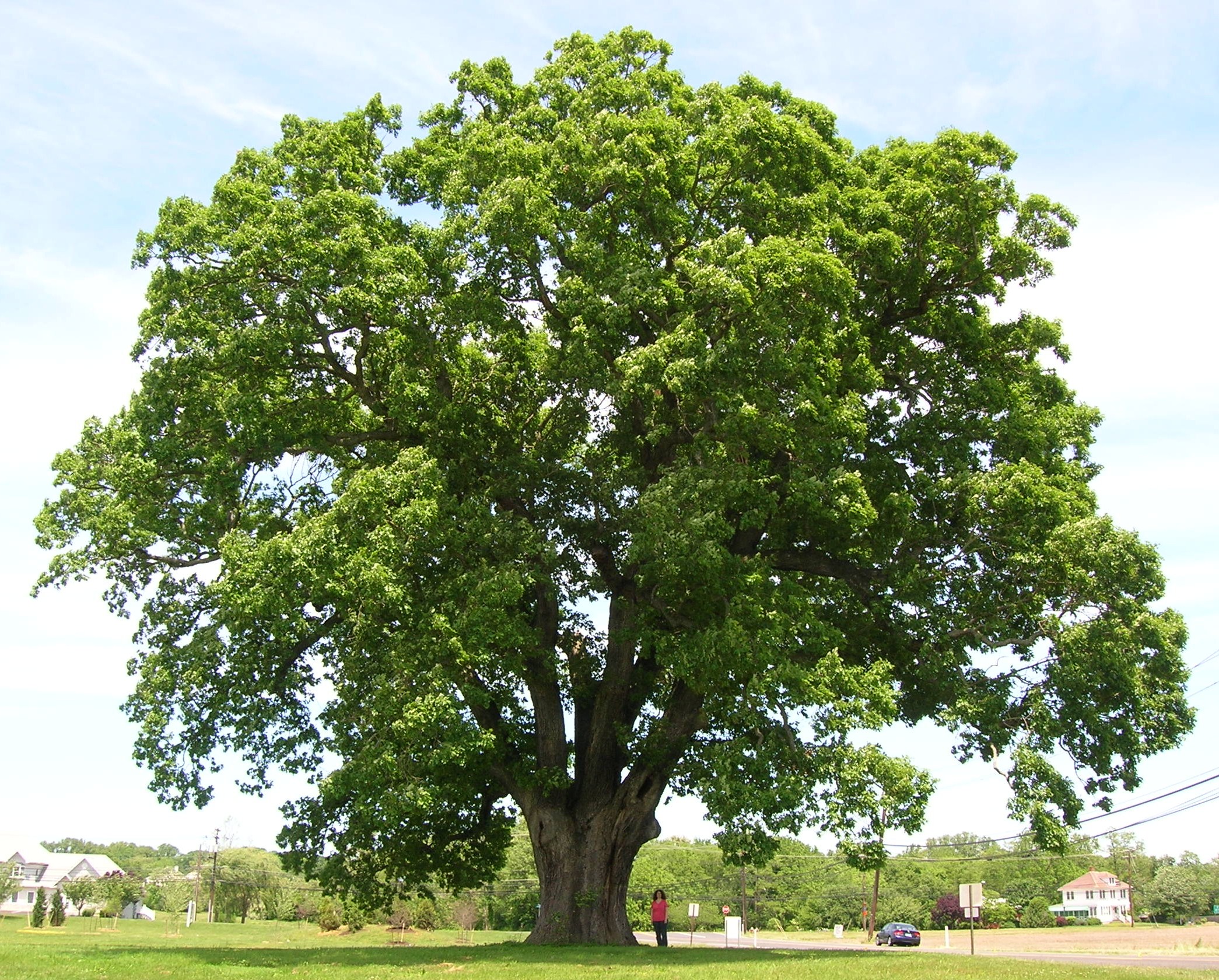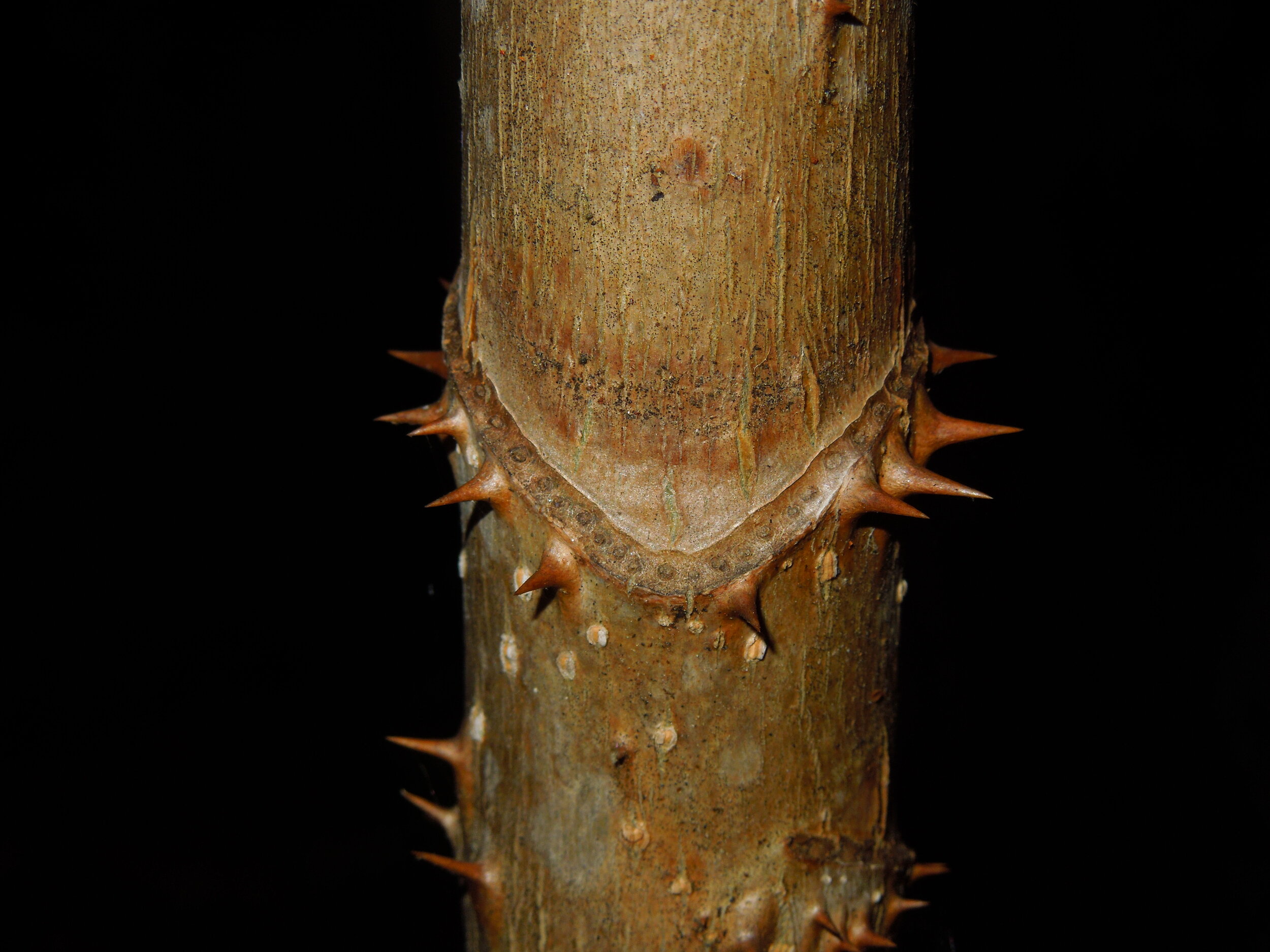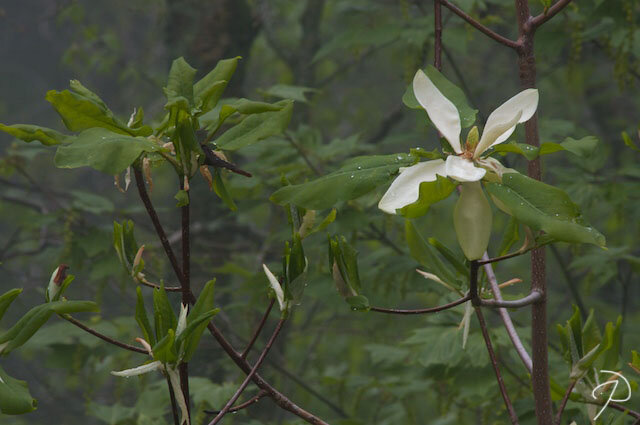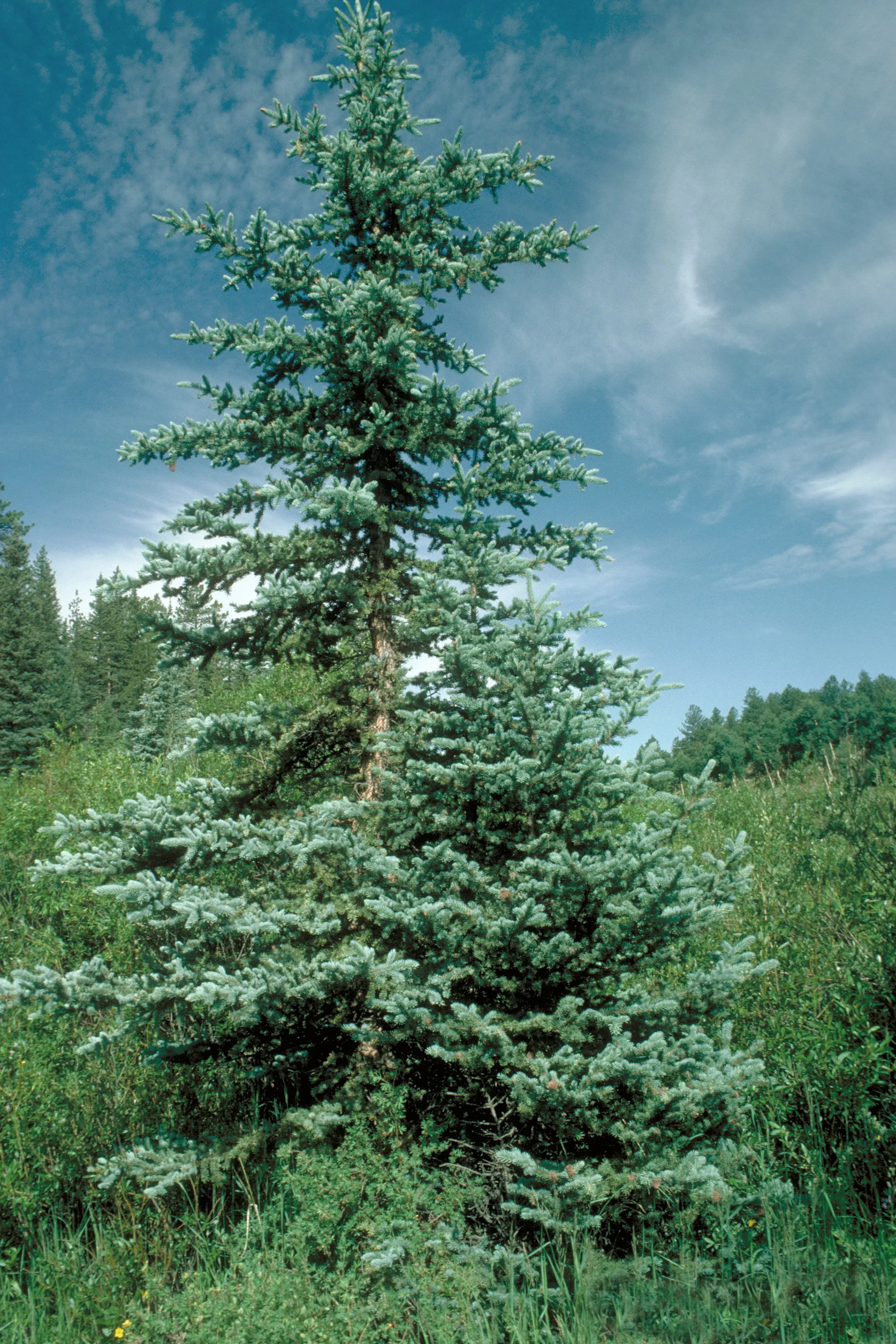Photo by Msact at English Wikipedia licensed under CC BY-SA 3.0
Who doesn't love a nice oak tree? One cannot overstate their importance both ecologically and culturally. Although picking an oak tree out of a lineup is something many of us are capable of doing, identifying oaks to species can be a bit more challenging. This is further complicated by the fact that oaks often hybridize. Still, it is likely you have come across some useful tips and tricks for narrowing down your oak choices. One such trick is distinguishing between the red oaks and the white oaks. If you're anything like me, this is something you took for granted for a while. Is there anything biologically or ecologically meaningful to such a split?
In short, yes. However, a true appreciation of these groups requires a deeper look. To start with, oaks are members of the genus Quercus, which belongs in the family Fagaceae. Globally there are approximately 400 species of oak and each falls into one of three categories - the red oaks (section Lobatae), the white oaks (section Quercus), and the so-called "intermediate" oaks (section Protoblanus). For the sake of this article, I will only be focusing on the red and white groups as that is where most of the oak species reside. The intermediate oak group is made up of 5 species, all of which are native to the southwestern United States and northwestern Mexico.
As is common with oak identification, reliable techniques for distinguishing between the two groups can be tricky. Probably the most reliable feature is located on the inner surface of the acorn cap. In white oaks, it is hairless or nearly so, whereas in red oaks, it is covered in tiny hairs. Another useful acorn feature is the length of time it takes them to germinate. White oak acorns mature in one season and germinate in the fall. As such, they contain lower levels of tannins. Red oak acorns (as well as those of the intermediate group) generally take at least two seasons to mature and therefore germinate the following spring. Because of this, red oak acorns have a much higher tannin content. For more information on why this is the case, read this article.
Tyloses in white oak xylem. Photo by Dr. Michael Rosenthal, Technische Universität Dresden via Rosenthal, M.; Bäucker, E. (2013): Zur Anatomie des Holzes der Weiß-Eichen. Rasterelektronenmikroskopische Bildtafeln zu den drei holzanatomischen Schnittrichtungen. licensed under CC BY-SA 3.0
Less apparent than acorns is the difference in the wood of red and white oaks. The wood of white oaks contains tiny structures in their xylem tissues called tyloses. These are absent from the wood of red oaks. The function of tyloses are quite interesting. During extreme drought or in the case of some sort of infection, they cut off regions of the xylem to stop the spread of an embolism or whatever may be infecting the tree. As such, white oaks tend to be more rot and drought resistant. Fun fact, tyloses are the main reason why white oak is used for making wine and bourbon barrels as it keeps them from leaking their contents.
More apparent to the casual observer, however, is leaf shape. In general, the white oaks produce leaves that have rounded lobes, whereas the red oaks generally exhibit pointed lobes with a tiny bristle on their tips. At this point you may be asking where an unlobed species like shingle oak (Quercus imbricaria) fits in. Look at the tip of its leaf and you will see a small bristle, which means its a member of the red oak group. Similarly, the buds of these two groups often differ in their overall shape. White oak buds tend to be smaller and often have blunted tips whereas the buds of red oaks are generally larger and often pointed.
Tricky leaves of the shingle oak (Quercus imbricaria). Note the bristle tip! Photo by Greg Blick licensed under CC BY-NC-ND 2.0
Despite this broad generalizations, exceptions abound. This is further complicated by the fact that many species will readily hybridize. Quercus is, after all, a massive genus. Regardless, oaks are wonderful species chock full of ecological and cultural value. Still, oak appreciation is something we all need more of in our lives. I encourage you to try some oak identification of your own. Get outside and see if you can use any of these tricks to help you identify some of the oaks in your neighborhood.






















